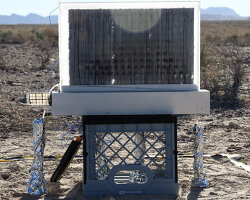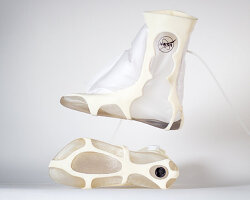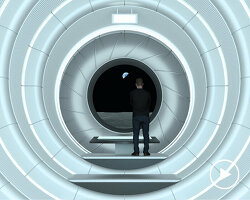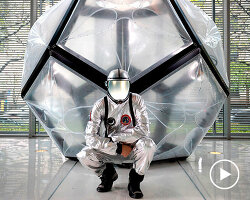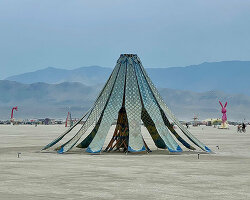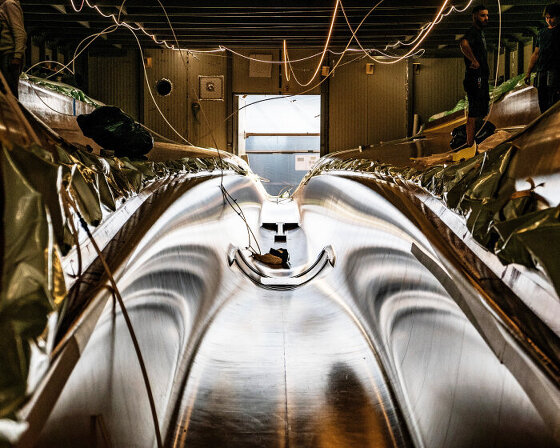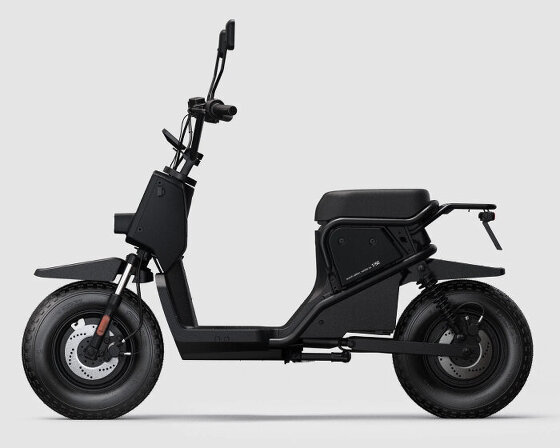KEEP UP WITH OUR DAILY AND WEEKLY NEWSLETTERS
being built now in italy, the car manufacturer expects to launch its entry to the sailing industry in 2026.
connections: +430
handcrafted by andrea marazzi of the channel tutti pazzi per marazzi, the vehicle is only 50 centimeters wide and retains the original parts of the 1993 model.
the acronym epa stands for ‘en passar alla,’ or one fits all, refering to the ride being customizable with accessories, decal kits, and attachments.
each model starts with an air-cooled beetle from the '60s to '80s, then the design team strips everything off the vehicle.
connections: +1270
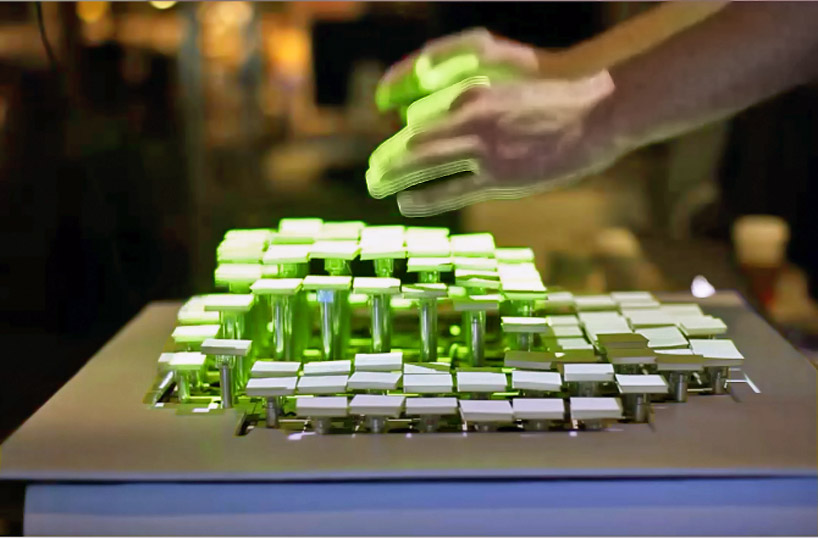
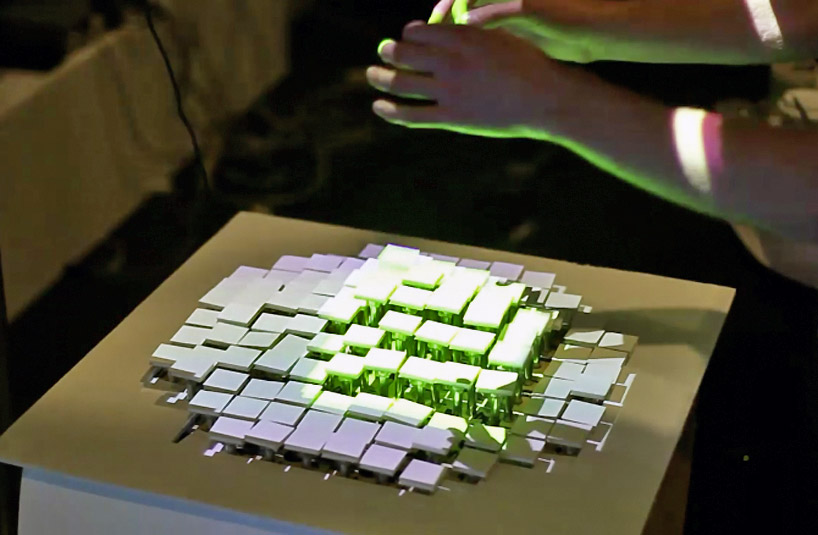 the green light cast from a mounted projector indicates the selected area, while the user’s hand gesture instructs the device to raise these keys
the green light cast from a mounted projector indicates the selected area, while the user’s hand gesture instructs the device to raise these keys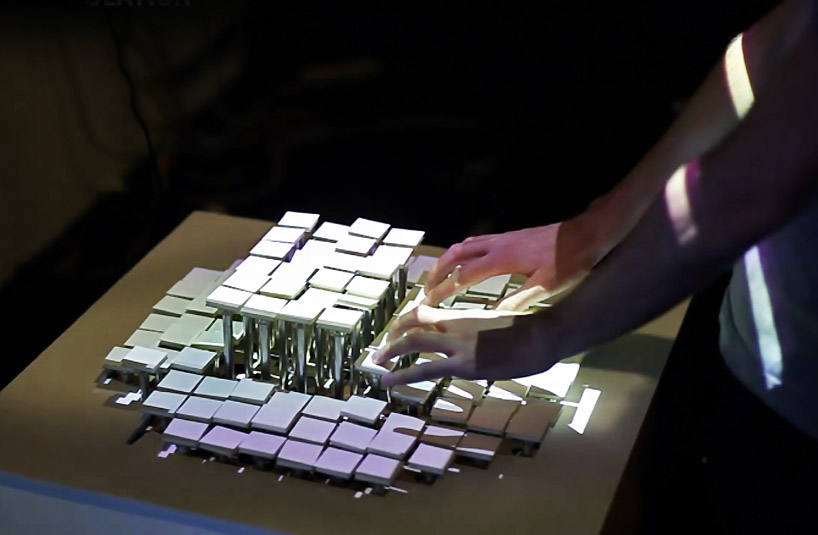 ‘recompose’ responds to both tactile and gestural input
‘recompose’ responds to both tactile and gestural input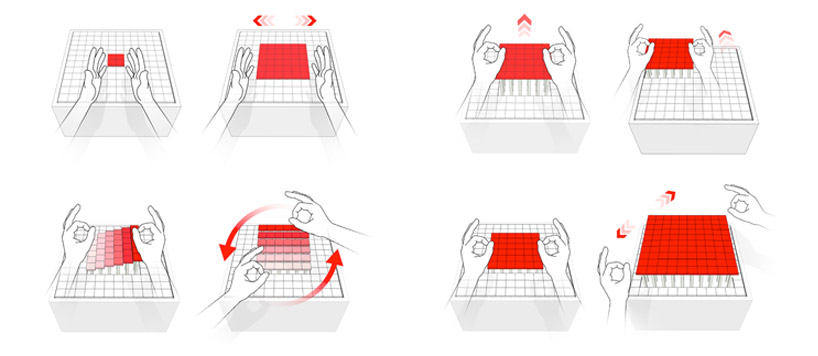 concept diagram of gestural interactions, clockwise from top left: selection (2 images), actuation, translation, scaling (both images), and rotation (both images).
concept diagram of gestural interactions, clockwise from top left: selection (2 images), actuation, translation, scaling (both images), and rotation (both images).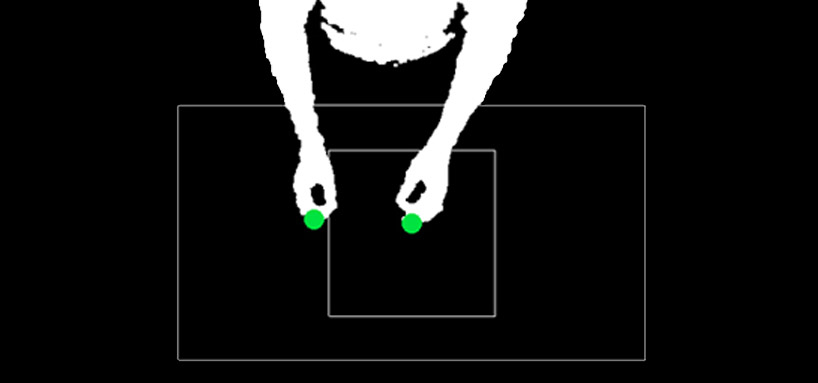 the view of input as modeled through computer vision
the view of input as modeled through computer vision